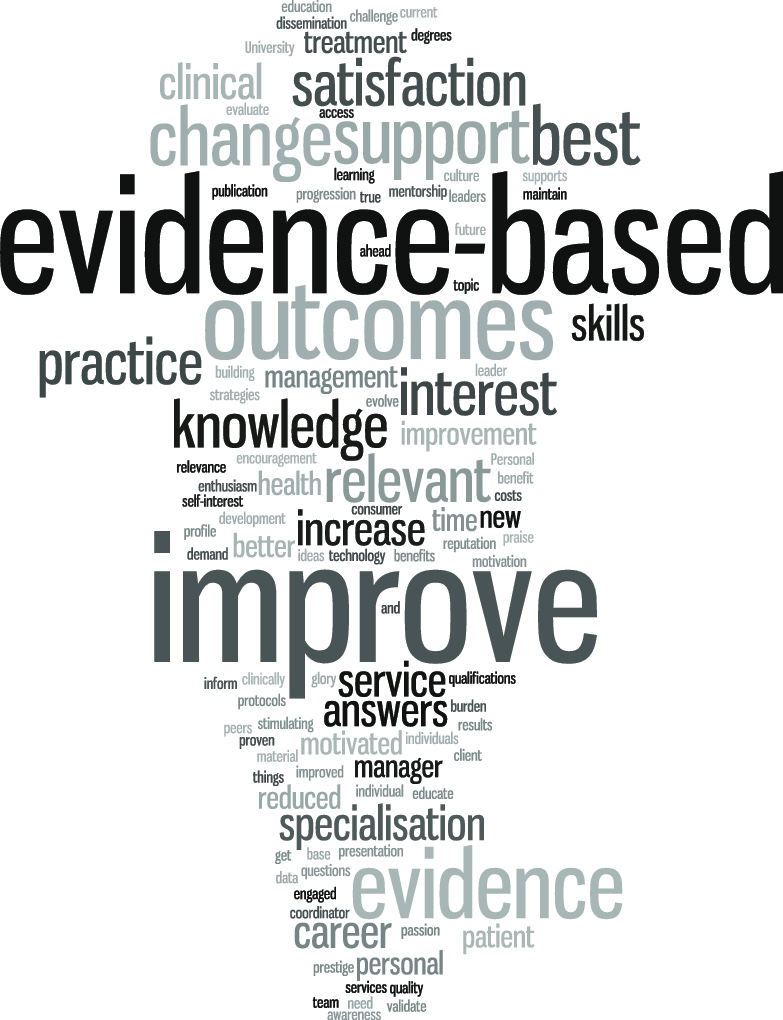Approach or Avoid?
If you have ever noticed your body tense up as you enter a social situation, your thoughts become focused around your self as an object of social evaluation and judgment, your attention scanning for possible signs of danger in the form of negative evaluation, and your emotions telling you to escape or inhibit your behavior, you are likely familiar with what it feels like to have your avoidance system activated. This system is designed to prevent us from being exposed to danger. Much has been written and understood how in Social Anxiety Disorder, one’s thoughts perpetually over-estimate the probability of, and likely intensity of the danger, i.e. a negative social outcome such as being judged negatively. Cognitive-Behavioral Therapy (CBT) interventions are often geared towards targeting the thoughts, feelings, and behaviors that are perpetuating this overly active avoidance system. CBT skills are focused on developing more helpful and balanced perspectives of oneself and social interactions, while learning and practicing approaching one’s feared and avoided social situations over time.
As it turns out, research has indicated that one’s approach system is actually a separate biobehavioral system than ones avoidance system, not just being two sides of one continuum. This system involves the positive and energizing thoughts and emotions that motivate a person to seek a positive experience in their environment, such as gaining a friend or partner through initiating social interaction. A research article by Kashdan, Weeks, and Savostyanova, 2011, hypothesized that the amount of energy and effort people with high social anxiety spend trying to self-regulate and control aspects of their avoidance system dampens their ability to experience, see, and feel the positive and naturally reinforcing aspects of social situations. When people with high social anxiety tend to conceal or suppress emotions, lack an attentional bias towards the positive in social situations, exhibit fear in response to overtly positive social events (any attention is bad attention), and of course avoid the opportunity for positive social encounters altogether, their ability to experience the positive is significantly diminished. This idea opens up an underdeveloped area of thought for helping social anxiety, going beyond interventions to neutralize these unhelpful components, to also include potential ways of directly increasing the probability and/or intensity of positive and rewarding aspects of social situations. Ultimately, we don’t want to just be able to survive the battle of a social encounter, we want to learn to see and feel the positive meaning, exciting opportunity, pleasurable encounter, and enriching interaction in our interpersonal life.
Flipping the Script: Building Up the Positive
We can draw on other research into ways of developing positive emotions in applying this to social situations, such as:

- Developing a gratitude journal and/or practice of identifying aspects of social life and situations you are grateful for.
- Identifying daily goals and putting effort towards using your strengths and meeting your social needs on a consistent basis.
- Studies have shown that people who participate in cognitive-behavioral group therapy are able to develop a more positive attentional bias in social interactions. Begin by practicing shifting your attention to find at least one positive sign or aspect of the social situation you are in.
- Begin practicing small interpersonal acts of generosity and kindness, especially following a social threatening situation.
- Practice being aware of any sign of positive emotion, increasing your language of and identification of enjoyable and meaningful feeling states.
Robert Yeilding, Psy.D.
NSAC – Orange County/Newport Beach
Reference: Kashdan, Weeks, & Savostyanova, (2011). Whether, how, and when social anxiety shapes positive experiences and events: A self-regulatory framework and treatment implications. Clinical Psychology Review 31, 786-799.
Share this blog post.











